Flashback: 15 years of Gorilla Glass on phones
As the story goes, just six weeks before the original iPhone was released CEO Steve Jobs got annoyed that the plastic screen of the prototype device he was using got scratched up, so a last minute change saw Apple switch to glass.
And not just any glass, but Gorilla Glass. This chemically-strengthened glass was created by Corning and has since become a staple of the smartphone market. Let's look at a bit of history first before getting to the smartphone era.
Corning got its start in the mid-19th century and made lenses for railroad signal lights and later car headlights. It made the glass for Thomas Edison's light bulb. In 1915 it created Pyrex cookware. Then in the 1960s it started making windows for NASA spacecraft, including the space shuttle. Fast forward to 2006 and we get to the fateful meeting between Apple and Corning.

Plastic screens were the norm in that era, but Apple cares too much about aesthetics to let a device get scratched up. More than that, the iPhone was a touchscreen-based phone, the screen was its everything and it had to be protected.
That was true of other smartphones too as they transition from keypads and keyboards to touchscreens. The early iPhones used Gorilla Glass and so did the T-Mobile G1, the first ever Android phone.
Touch phones running just about every OS on earth adopted Corning's glass as well. From the tiny Samsung Corby to the i8910 Omnia HD powerhouse. From the stylish LG KM900 Arena to the unique LG BL40 New Chocolate.
It was also on the Nokia X6 (now that the Finns were moving away from resistive touch), as well as the Motorola Droid/Milestsone, the rugged Sonim XP3.20 Quest and even the LG GD910 watch phone (we will talk about wearables later). And these are just some of the phones from 2009.
By 2010 around 20% of mobile phones featured Gorilla Glass, some 200 million devices. In 2012 the sequel was announced - sheets of Gorilla Glass 2 could be 20% thinner while staying just as tough.
GG2 was used by the likes of the Galaxy S III and the camera-turned-phone Galaxy Camera GC100. Samsung also used it on its Windows Phone handset, the Ativ S, as did HTC on the creatively named Windows Phone 8X.
By now Nokia had become a fan of the glass and it featured on the Lumia 920. Other influential phones to use GG2 include the Oppo Find 5 and the LG Optimus G. The glass was even suitable for 3D displays as seen on the Optimus 3D Max.
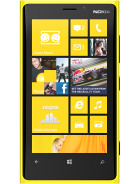
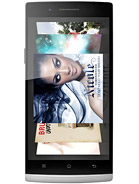
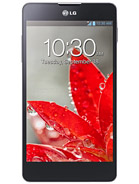
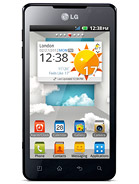
Nokia Lumia 920 • Oppo Find 5 • LG Optimus G E975 • LG Optimus 3D Max P720
Gorilla Glass 3 arrived in 2013, a completely new formulation. It was more resistant to scratches and the scratches it did receive were less visible thanks to something Corning called "Native Damage Resistance".
To demonstrate it at the MWC, Corning dropped a 135g steel ball on a normal piece of glass and GG3. The normal glass cracked, so it was replaced by a sheet of aluminum. Dropping the ball again left a dent in the aluminum, but Gorilla Glass 3 survived unscathed.
The sequels to some familiar faces used GG3. The Galaxy S4, Note3 and S4 zoom from Samsung, for example. The affordable Moto G, its premium sibling Moto X (both made by Google-owned Motorola) and the LG Nexus 5.
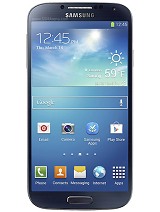
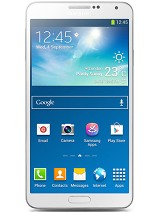
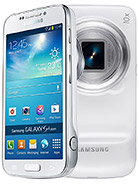
Samsung I9500 Galaxy S4 • Samsung Galaxy Note 3 • Samsung Galaxy S4 zoom
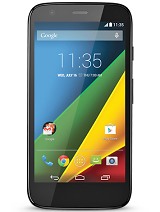
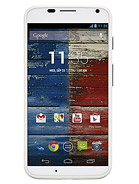
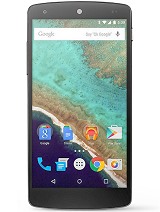
Motorola Moto G • Motorola Moto X • LG Nexus 5
There was also the Nokia Lumia 1020 and the sizable Lumia 1320 with its 6" screen (remember that this was back in the 16:9 days, this thing was 85.9mm wide and 164.2mm tall).
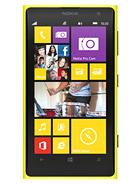
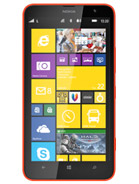
Nokia Lumia 1020 • Nokia Lumia 1320
Gorilla Glass 3 was one of the most successful formulations for Corning and it still sees use to this day, here are a few modern devices. The Pixel 6a uses it for its display. The Asus ROG Phone 6 Pro uses it for its back. Interestingly, the Motorola Edge 30 Pro uses GG3 for the front and GG5 for the back. It is still used by a rugged Sonim phone and the Ulefone Power Armor 14 Pro.
![]()
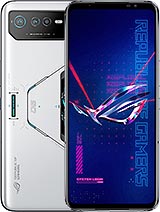
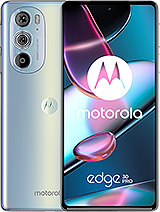
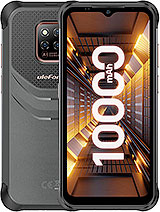
Google Pixel 6a • Asus ROG Phone 6 Pro • Motorola Edge 30 Pro • Ulefone Power Armor 14 Pro
We haven't mentioned Apple in a while, what happened? With the iPhone 5 in 2012 the company stopped using the trademarked "Gorilla Glass" name and started calling it "ion-strengthened glass" instead. It was still a Corning product, however.
Cupertino actually tried switching away from glass around this point. It was working with GT Advanced, a company that made sapphire crystal screens for the Apple Watch. Those were also used to protect the camera and Touch ID fingerprint readers. But Apple wanted bigger sheets, ones that could cover the display of iPhones. Unfortunately, the GT Advanced went bankrupt while trying to develop the technology to make it possible. Sapphire Crystal has been used on some phones, but none that have the sales volume of iPhones. It is mostly a watch thing.
This is a good segue into Gorilla Glass SR+, a glass from 2016 designed specifically designed for wearables. It offered better damage resistance and reduced screen reflections compared to "alternative luxury cover materials".


Corning formulated Gorilla Glass SR+ and DX/DX+ for wearables
Then in 2018 came Gorilla Glass DX and DX+, improved glass for wearables. According to Corning, it reduced reflections by 75%, which improved screen contrast by 50%. This was vital for smartwatches, which only had tiny batteries to power their displays. The difference between the DX and DX+ was that the plus model was harder.
A few years later Corning reintroduced Gorilla Glass DX and DX+ as protection for camera lenses. The scratch resistance and improved optical performance is just as important for cameras as it is for watches. DX and DX+ let 98% of light pass through while reducing reflections (which can cause glare in photos).
Victus and Victus+ are now the norm for flagships - the Samsung Galaxy S22 Ultra, Asus Zenfone 9, Google Pixel 6 Pro, Xiaomi 12S Ultra, Sony Xperia 1 IV, the Galaxy Xcover 6 Pro, OnePlus 10 Pro, Oppo Find X5 Pro and many others.
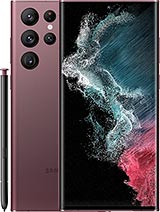
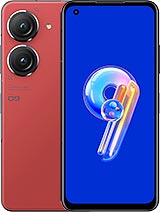
![]()
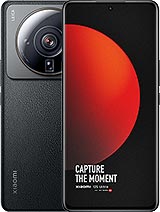
Samsung Galaxy S22 Ultra 5G • Asus Zenfone 9 • Google Pixel 6 Pro • Xiaomi 12S Ultra
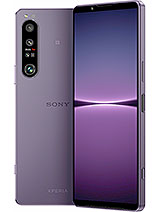
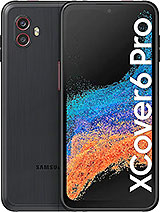
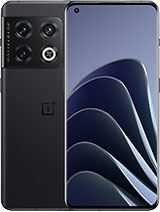
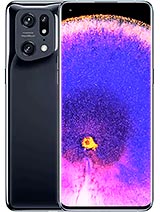
Sony Xperia 1 IV • Samsung Galaxy Xcover6 Pro • OnePlus 10 Pro • Oppo Find X5 Pro
Corning has also made Gorilla Glass for tablets and even laptops. The company has a long history of making glass for larger displays like TVs too (though that doesn't get marketed under the "Gorilla Glass" name).
Corning's next challenge is foldable phones - some use "Ultra Thin Glass" (UTG), which measures one third the thickness of a human hair. It's so thin that it can bend, not something you see glass do normally. But making it durable enough for hundreds of daily fold and unfold cycles is no easy feat. Still, it's an important problem to solve as foldables are seen as the future of smartphones by some.



A sheet of foldable glass developed by Corning
By 2020 Corning’s Gorilla Glass has been featured on 8 billion devices created by over 45 OEMs. It has been a wild success, considering that the original GG was put together in a hurry, developed in just 4 months. It has gone through many iterations and improvements and the reason it was needed in the first place has not gone away.

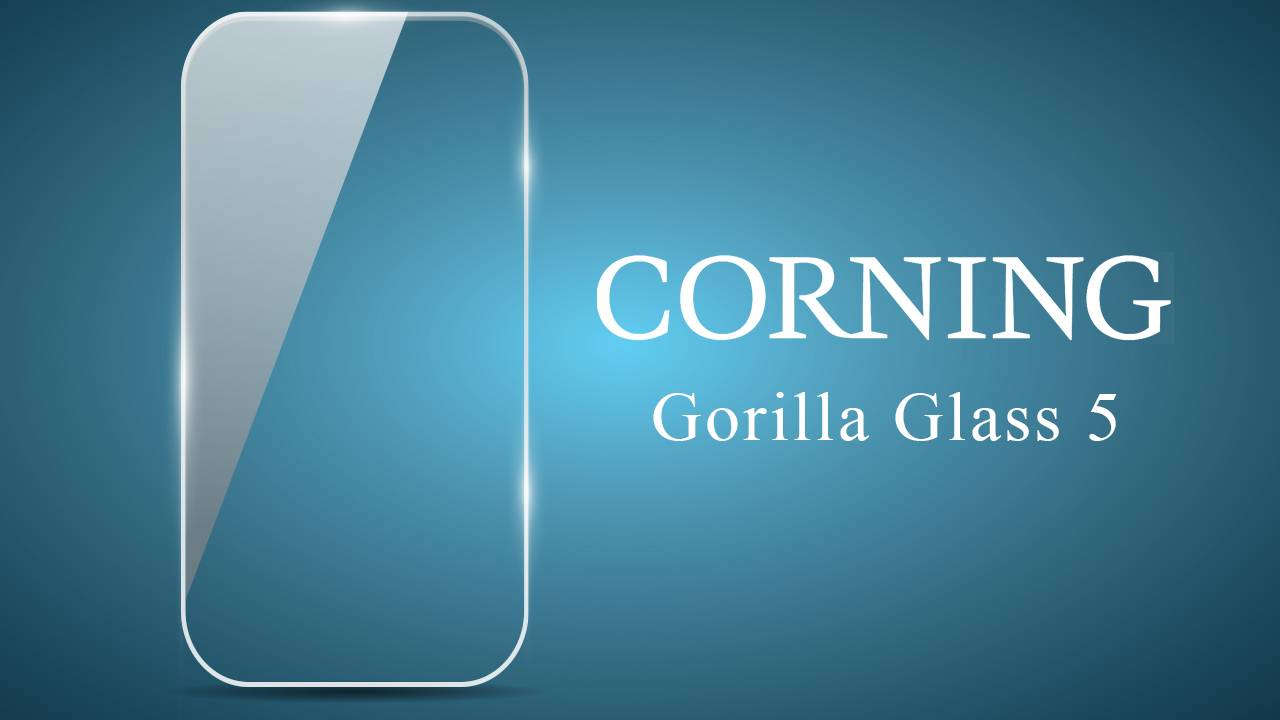

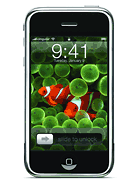
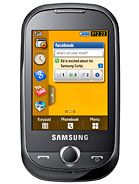
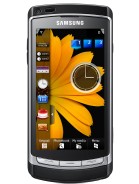
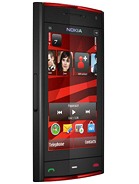
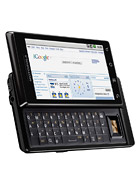
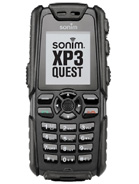
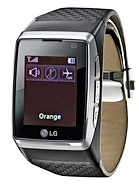
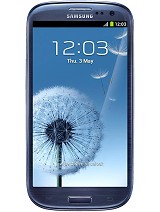
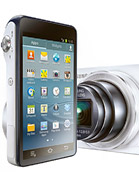
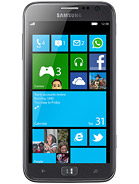




No comments